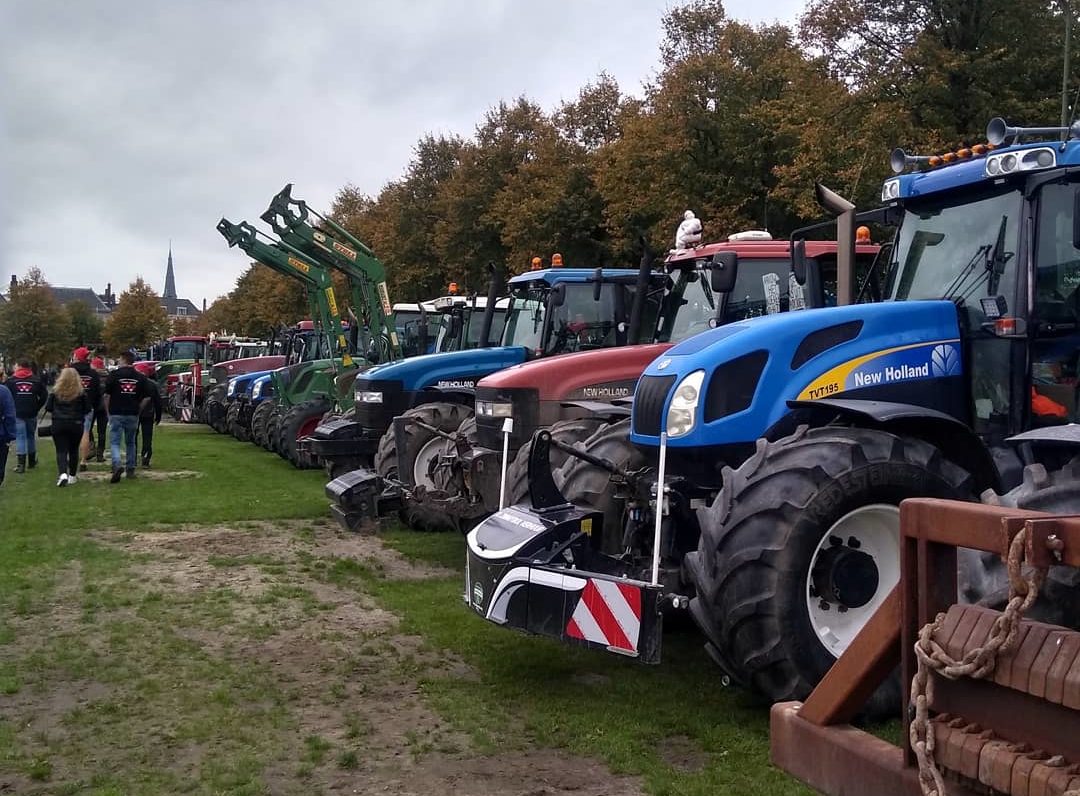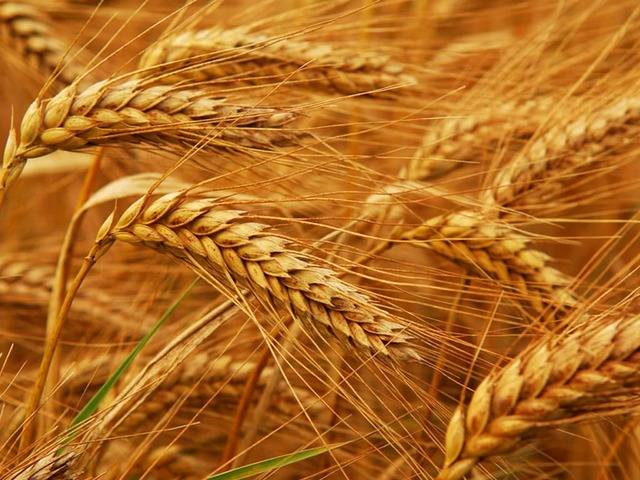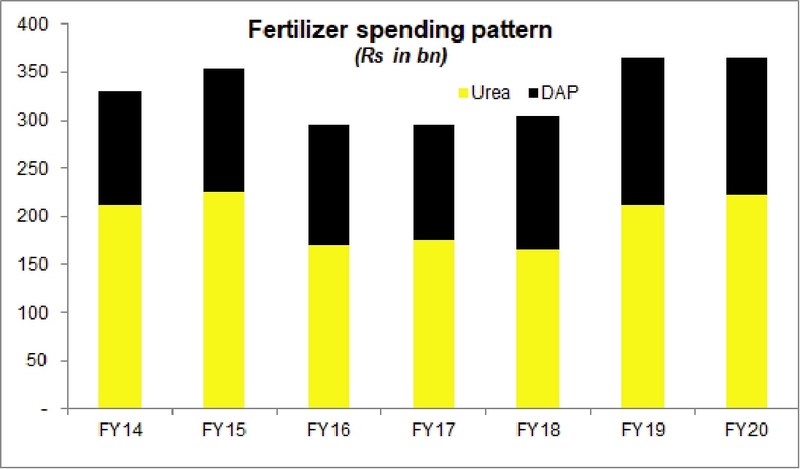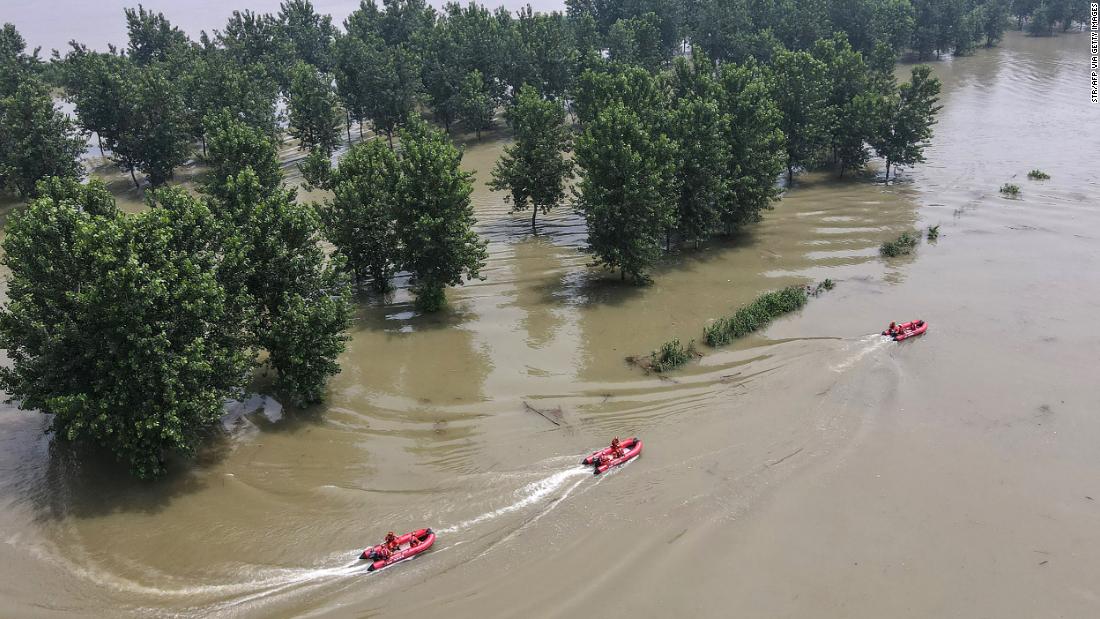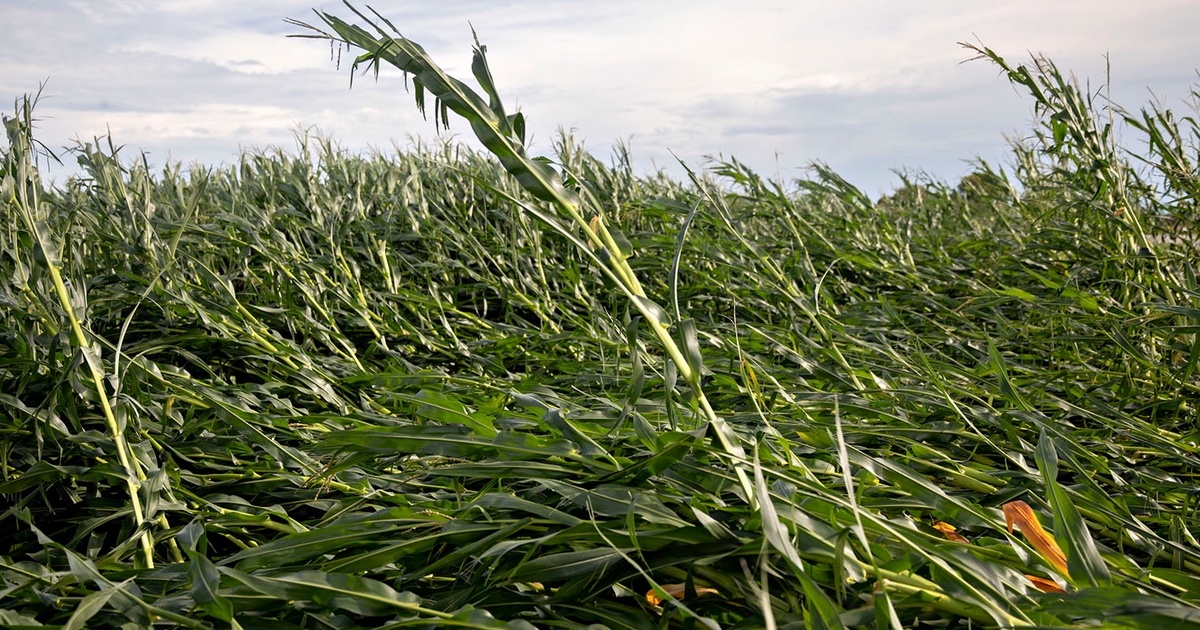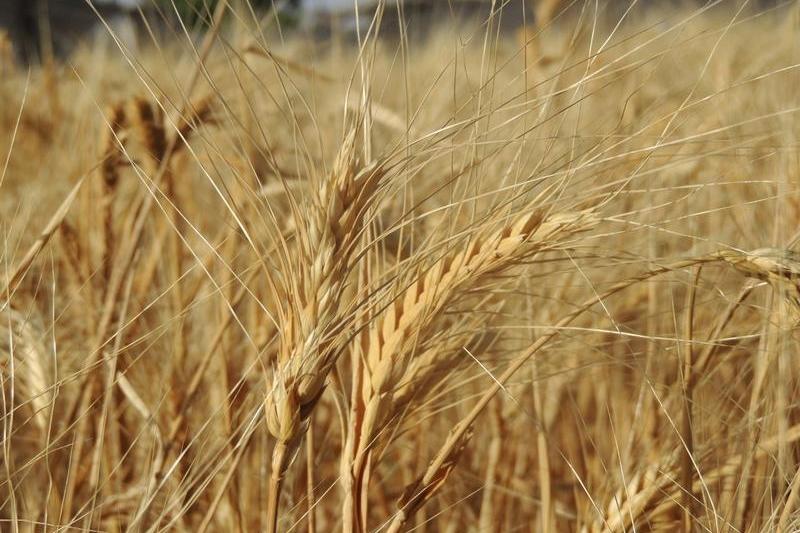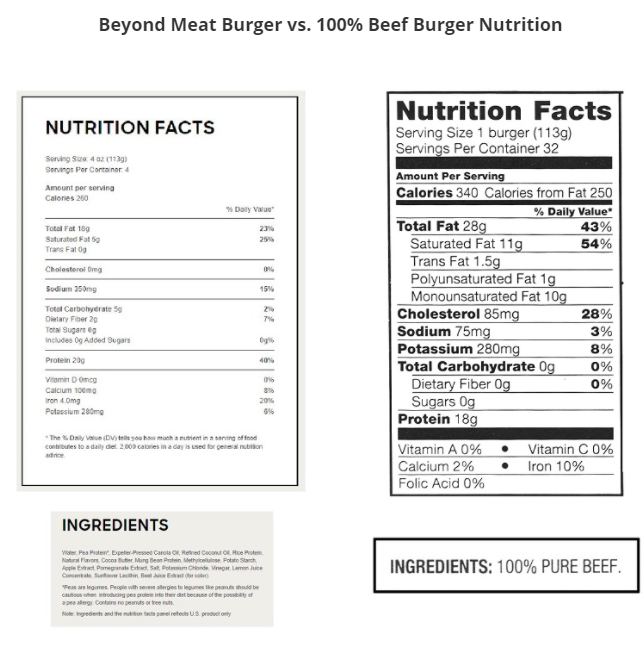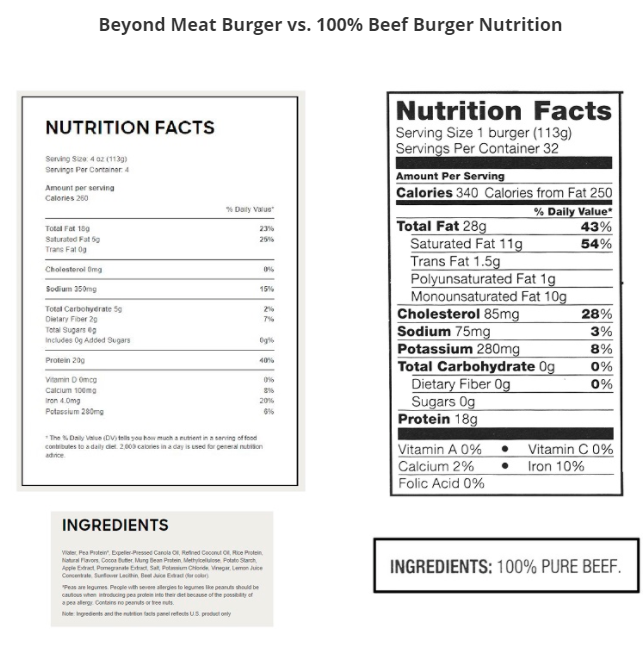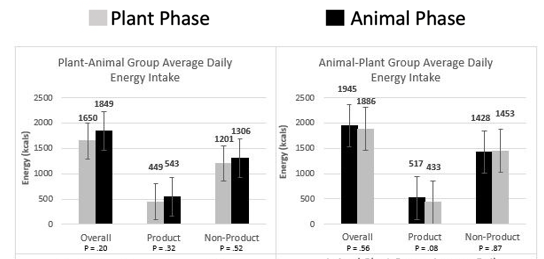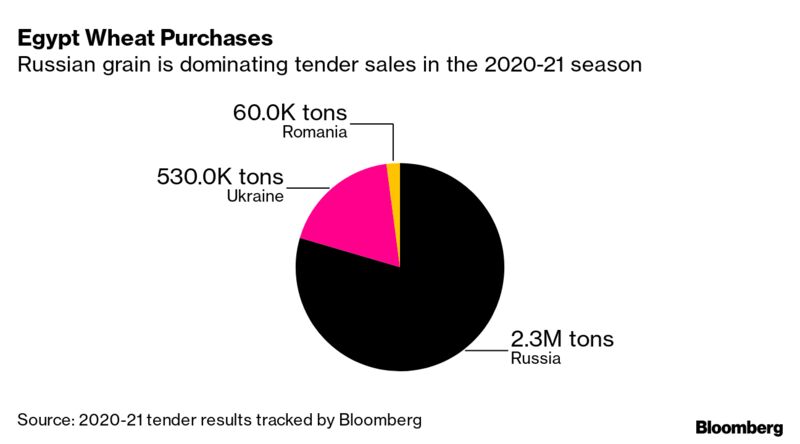Another article that runs counter to the usual doom-laden stories out there. Fresh from the growers mouths.
--------------------------------------------------------------------------------------------
Bountiful year expected for most Colorado crops
The year 2020 will go in the record books as one of the toughest in memory, thanks to the COVID-19 virus, but it could turn out to be a profitable year for fresh produce in Colorado, grower-shippers say.
“It’s nice to have a year with no strange weather or market problems,” said Erik Westesen, operations manager with Olathe, Colo.-based Tuxedo Corn Co.
“I know 2020 has been a rough year on everybody, but it’s been a good year for sweet corn.”
Other shippers reported similar experiences as the new shipping season unfolded in early August.
Onions
Eaton, Colo.-based Fagerberg Produce Inc. was on schedule to have red, white, yellow and sweet onions available for shipping the week of Aug. 17, said Colby Cantwell, salesman.
In large part, that’s a result of favorable weather, Cantwell said.
“The hail has been, thankfully, pretty scattered; we’ve largely been spared,” he said. “We had some early wind in Fort Morgan that knocked out about half of our crop, but in the grand scheme, it wasn’t a large portion. Overall, the weather has been OK. It was a little more humid this year and we had some really warm temperatures in June, but we were able to stay on top of the water and everything is looking good.”
Fagerberg, which has onions on about 1,500 acres, will ship onions through about March 1, Cantwell said.
The onion crop was looking good at Brighton, Colo.-based Sakata Farms, said Robert Sakata Jr., owner.
“We’re getting toward the finish line,” he said, predicting a late August or early September start to the harvest.
“We’re very fortunate, knock on wood,” Sakata said. “We’ve avoided most of the storms.”
The growing season had been mostly “hot and dry” for the company’s nearly 400 acres of onions, Sakata said.
Sakata Farms grows reds, whites and yellows, but 80% of the total crop is yellows, Sakata said.
Melons
Rocky Ford, Colo.-based melon grower-shipper Hirakata Farms started packing “light volumes” of cantaloupes about July 21, and accelerated the pace in early August, said Michael Hirakata, co-owner.
“Part of the early crop was torn up by hail about the first part of June; it tore up quite a bit of that first planting, but one field survived pretty good and the quality is excellent,” Hirakata said.
“Just by the flavor, we’re in that 15-brix range, which is great.”
Hirakata Farms’ seedless watermelon crop is “going pretty good” by early August, with sizing “mostly a 45-count and a little 60s,” Hirakata said.
“The crop looks to be pretty good; most of the watermelons missed the bad weather,” he said.
“Yield may be a problem in some blocks, but in others, yields will be phenomenal.”
A year ago, weather knocked down Hirakata Farms’ production by about 60%, Hirakata said.
“Last year, we had hailstorm after hailstorm,” he said. “We’re way better off than last year..”
Markets were looking “pretty good” by early August, Hirakata said.
“We’re very happy with what we’re getting,” he said. “Supply and demand is almost neck-and-neck. We have a good inventory, but we’re getting rid of whatever comes in right away. We’ve been pretty fortunate that we were able to pick tomorrow’s loads today, and that’s all I can ask for.”
Carrots
Greeley, Colo.-based organic and conventional carrot grower-shipper Hungenberg Produce Inc. started harvest on a “really good” crop July 10, said Jordan Hungenberg, salesman.
A March ice storm hit about 100 of the company’s 1,200 acres, and three fields required replanting, but weather presented no further issues, Hungenberg said.
“All the yields are really good, and the quality is excellent,” he said.
The season runs until about the week after Thanksgiving, Hungenberg said.
Hungenberg Produce has about 250 acres of organic carrots, he said.
“We spend a lot of money weeding organics by hand, but we’re getting better,” he said.
While the COVID-19 pandemic has topped the list of concerns across the industry, other hurdles persist, Hungenberg said.
“One main challenge we’ve had is labor. The minimum wage is now $12 in Colorado, and you have to try and get a little more money from your customers, which always presents a challenge to us, but they’ve been very fair with us and we’re very pleased in that manner.”
Potatoes
Center, Colo.-based potato grower-shipper Mountain Valley Produce expects to begin its harvest by the second week of September, said Virginia Myers, co-owner.
“The crop’s coming along well,” she said, noting that the company has yellows, russets and fingerlings. “I think we’ll have right at average yields and good quality.”
The weather has cooperated, Myers said.
“We’ve not had any real weather issues; it has been dry, which is kind of good when you have irrigation but not good for the overall environment,” she said. “We’re going to be very average, but good quality.”
Harvest should be complete by about Oct. 10, Myers said.
Corn
“It’s a great year for corn,” Tuxedo Corn Co.’s Westesen said Aug. 7. “We happen to be a little low this week, but we’re shipping corn all over the place.”
Harvest got underway July 7-9, compared to a usual start of mid-July, Westesen said.
“Lots of warm weather; that heat really will make the corn come on quicker,” he said. “We planted everything we planned to. We’re going to harvest all of it.”
There had been some doubt, during earlier stages of the COVID-19 crisis, Westesen said.
“We were a little surprised that there wouldn’t be as much demand with the coronavirus, but things are picking up,” he said.
Tuxedo has 1,660 acres of conventional and 5-10 acres of organic sweet corn, Westesen said.
Peaches
Colorado peach production will be down this year, thanks an April freeze, said Charlie Talbott, president of Palisade, Colo.-based peach grower-shipper Talbott Farms Inc.
“It’s pretty tough,” he said. “The morning of April 14, we had a record-setting cold that reduced our crop to about 10-15% of our expectation of what a good crop would be,” he said. “The good news is, in the last 20 years, we’ve had only one half-crop. So, we were due — part of the game.”
Some production areas saw 22-23 degrees, Talbott said.
“Despite all our frost protection, that was just too cold,” he said.
As a result, Talbott Farms likely will ship 800,000 to 1 million pounds of peaches this year, compared to a normal volume of 8 million to 10 million, Talbott said.
“It’s interesting, because the better areas for frost, the hardy versus more tender varieties, didn’t matter,” he said. “Some orchards had full or near-full crops through the Mesa County growing area. We’re not among that fortunate group. The county south of us, Delta, had a better crop. They were less advanced during that cold event.”
The best estimate for Colorado’s crop is about 35% of normal, Talbott said. There won’t be promotable volumes of Colorado peaches this year, he said.

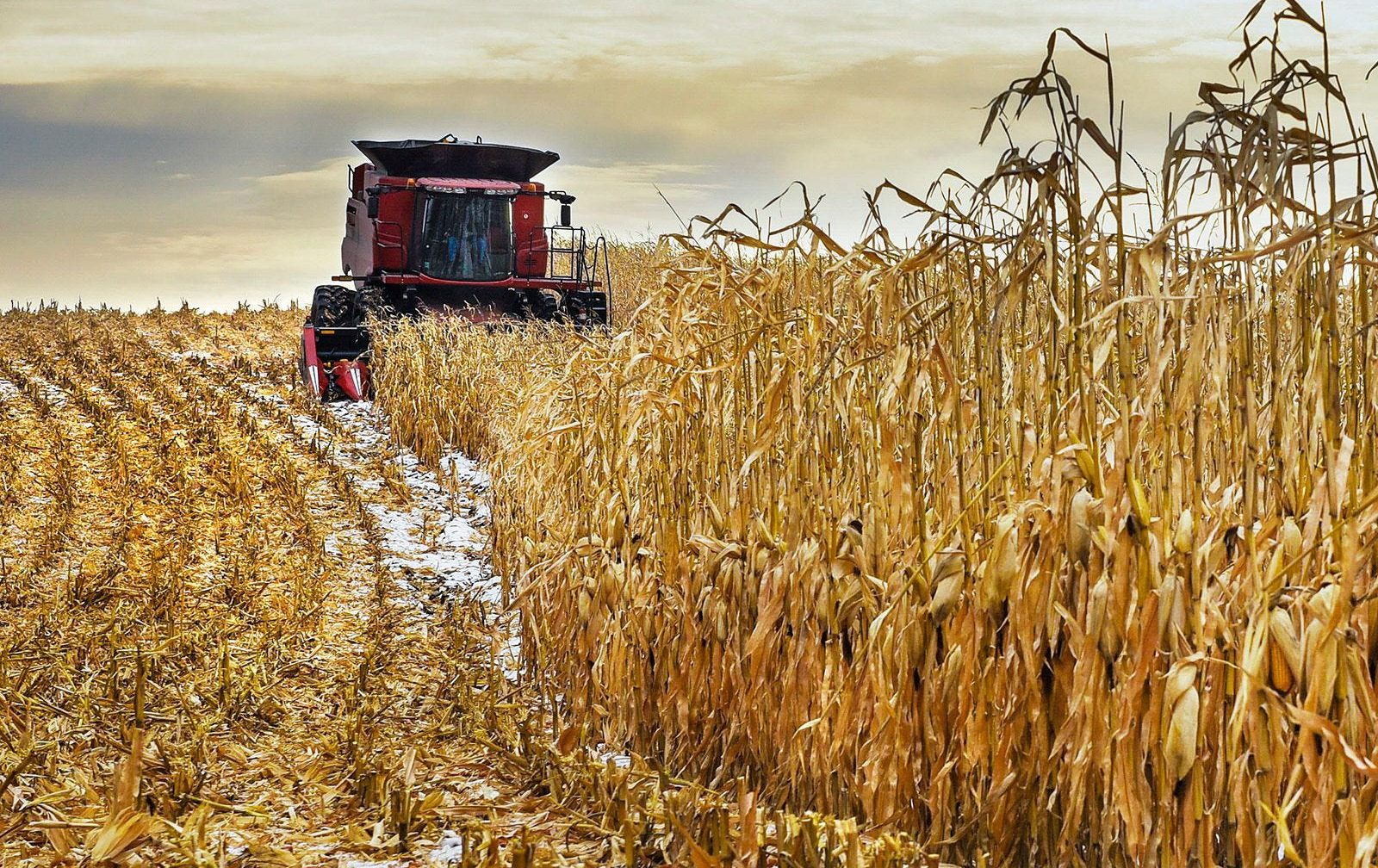
 .
.
